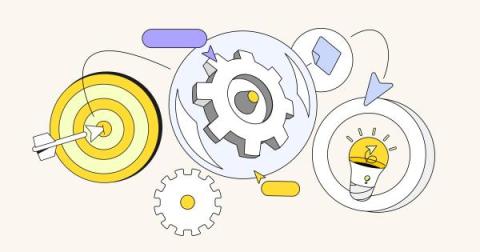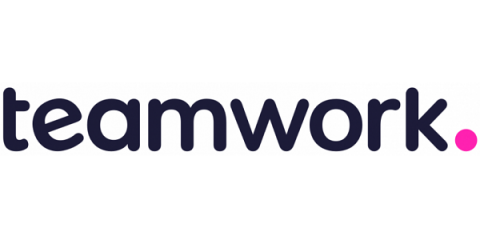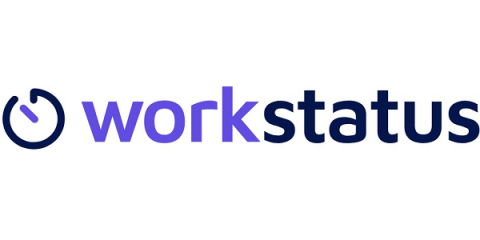Teams | Collaboration | Customer Service | Project Management
%term
What's New: What we launched in November 2023
It’s already almost December and we’re excited to end the year with a bang by sharing one of our most impressive updates yet: Miro Assist! This is Miro’s AI-powered innovation partner that can elevate your innovation game. We also have product development and Miroverse improvements to share, and a hint of what to expect next month when we do something extra special to close out the year. Read on for all the details.
Automated Success: Email Efficiency in Workplace Insights
Effective workplace communication is essential in handling operations smoothly and increasing the productivity of every individual. Email automation is one of the primary reasons to ensure that effectiveness. We are about to witness the untapped advantages of email automation services that help improve the communication strategies of an organization and its people.
5 Tips to Help You Calculate Your Worked Hours
Salesforce marketing teams use automation to simplify processes and fuel productivity
Workflows help marketers to create and launch campaigns faster.
Risk register in project management: Everything you need to know
Can business exist without risk? Risk is inevitable, a nearly unavoidable byproduct of seeking to make a profit. But there’s a big difference between risks we never see coming and those we plan carefully for. Risk management comes up repeatedly in any discussion of project management best practices because identifying, tracking, and planning for risk are all keys to lessening its potential impact. One tool agencies can use to better understand and track risk is called a risk register.
HR Trends 2024: Stepping into the New "Phygital" Workspace
Discover the 2024 Phygital workspace in our HR Trends article, where technology and human interaction create a harmonious work environment. Learn how AI, IoT, and Insightful's screen monitoring software are transforming the workplace. Read now to stay ahead in shaping your organizational culture and strategy.
Turning Boredom into Productivity: Tips & Tricks
Are you familiar with that feeling of restlessness when you can’t help but stare at the clock, desperately awaiting the end of the workday or a long, monotonous meeting? If the answer is yes, you are not alone. We’ve all been there. But what if we tell you that this boredom could be your secret weapon for boosting productivity & sparking creativity? This statistic can be counterproductive to the common belief that boredom is negative & something to avoid.
Top 18 Mind-Blowing AI Tools to Know in 2024
AI tools are everywhere. You’ve got at least one shining, popular tool for every use-case imaginable—whether it’s writing content, designing, creating videos, managing projects, and so on. But with too many choices comes decision fatigue. Let’s make things easier for you.











